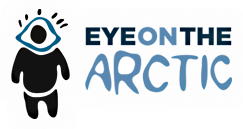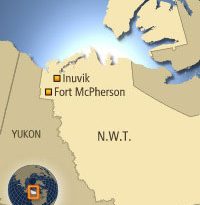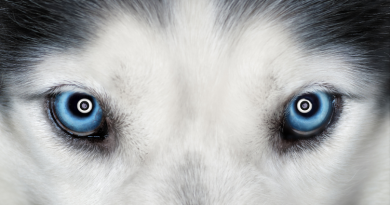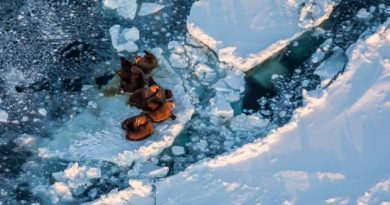NASA surveys giving detailed pictures of changing North American Arctic
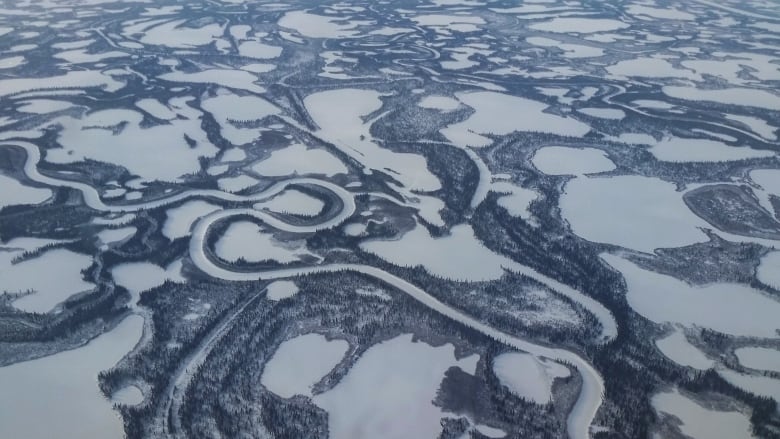
A new paper from NASA’s Arctic-Boreal Vulnerability Experiment is offering insights into the evolution of wildfire activity, thawing permafrost, and changing ecosystems in Alaska and Canada over the past seven years.
“Arctic amplification, the warming of the Arctic nearly four times faster than the global mean has accelerated change in the northern high latitudes, leading to the “borealization” of the tundra and rapid transformation of permafrost-affected ecosystems,” the paper published in the journal Nature.
From 2017 to 2023, NASA’s team used airborne imaging technology to collect more than 1,700 flight lines covering over 120,000 square kilometres. The high-resolution datasets were used to monitor vegetation, map wetlands, and assess wildfire damage.
In the Mackenzie Delta region, the study identified areas with high methane emissions, illustrating the impact of thawing permafrost. The data also helped track changes influencing sea level rise, atmospheric conditions, and global carbon storage.
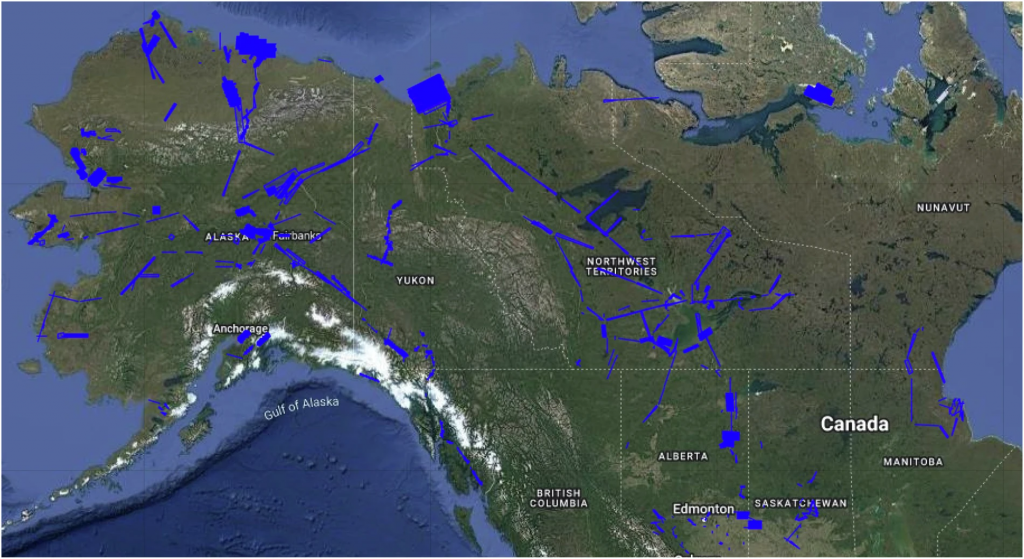
The findings will contribute to ongoing research the paper and will inform future projects, such as NASA’s upcoming Surface Biology and Geology (SBG) mission, the paper said.
Data from ABoVE is also expected to assist in calibrating satellite sensors designed to monitor the Earth’s surface, the researchers said.
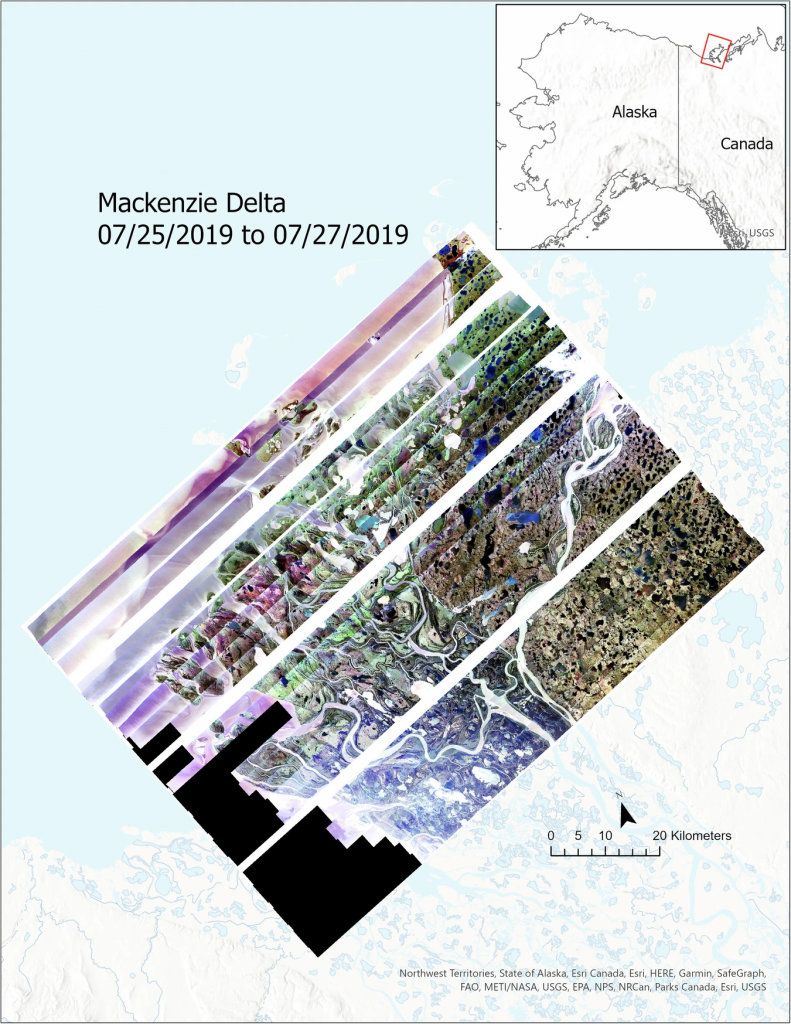
The report also notes that changing Arctic conditions are affecting infrastructure and local communities. Thawing ground is increasing the risk of erosion, landslides, and flooding, with many northern communities already confronting interruptions to traditional land use and wildlife patterns.
Researchers say the observation program will continue to be important to better understand the pace and impact of climate-driven changes in the Arctic and how they are set to influence ecosystems and climate conditions elsewhere in the world.
Comments, tips or story ideas? Contact Eilís at eilis.quinn(at)cbc.ca
Related stories from around the North:
Canada: Study examines physical, social costs of thawing permafrost across Arctic regions, CBC News
Norway: Svalbard glacier once survived a warmer climate, The Independent Barents Observer
Russia: Melting permafrost may release industrial pollutants at Arctic sites: study, Eye on the Arctic
United States: 30–50% of critical northern infrastructure could be at high risk by 2050 due to warming, says study, Eye on the Arctic
